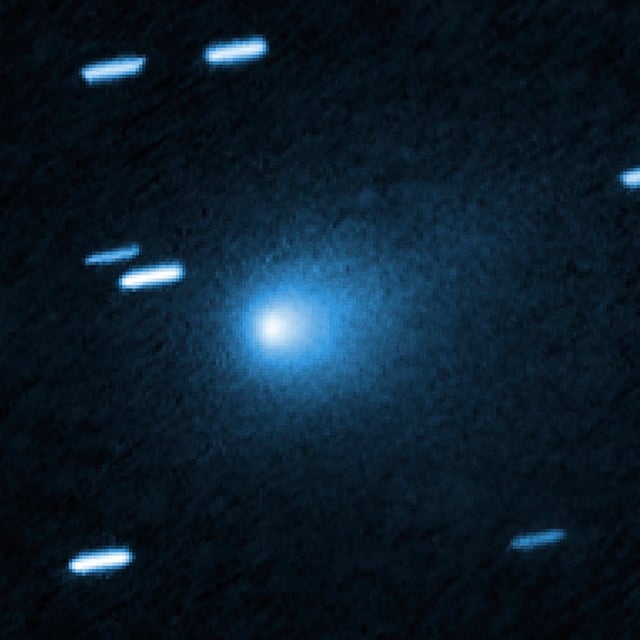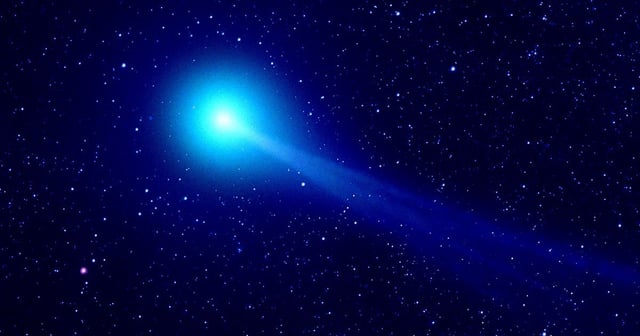Overview
- The interstellar visitor travels at roughly 61 km/s on a hyperbolic path and is expected to make its closest approach to the sun between late October and early November before exiting the solar system.
- Hubble images estimate its diameter between about 320 meters and 5.6 kilometers and reveal a coma and dust emission consistent with cometary outgassing.
- Spectroscopic and imaging campaigns with the James Webb Space Telescope, Vera C. Rubin Observatory and ground-based telescopes are underway to analyze its composition and outgassing behavior.
- Harvard astronomer Avi Loeb has pointed to a steep brightness profile and absence of a conventional tail to propose possible self-luminosity or artificial origin, though these theories lack broad empirical support.
- Proposals to repurpose spacecraft such as NASA’s Mars Reconnaissance Orbiter for targeted observations are under discussion but face practical constraints due to the object’s high speed and mission planning requirements.

